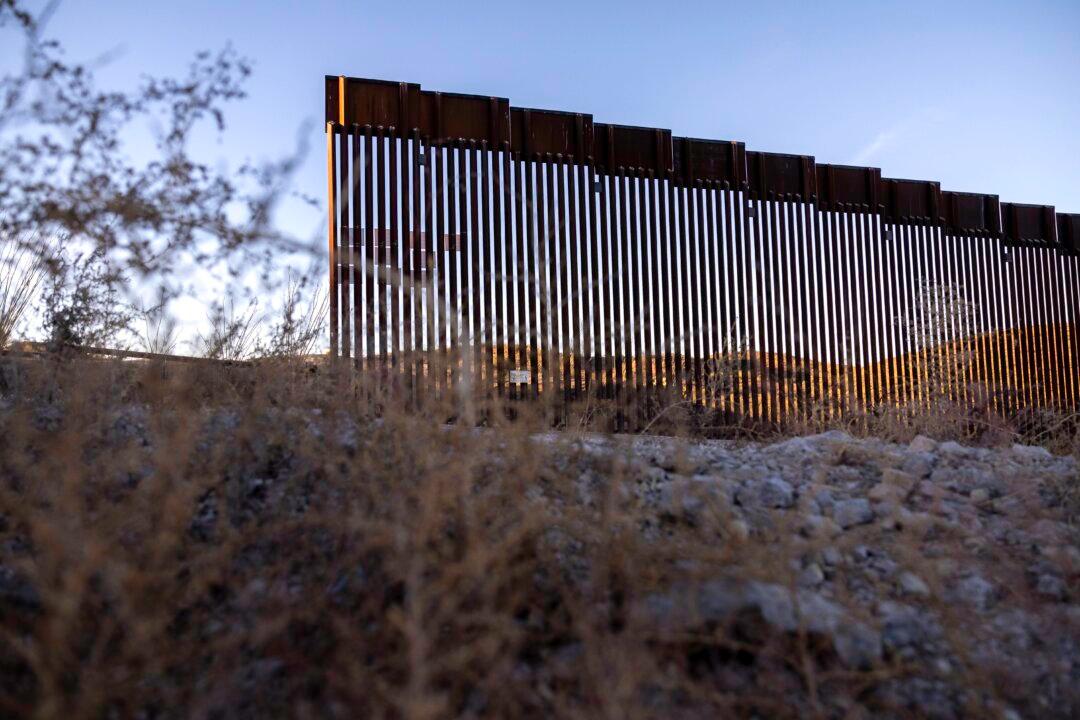U.S. GDP fell during the pandemic due to COVID-19 lockdowns and resulted in trillions of dollars in losses in these past years, a consequence mainly driven by mandatory business closure policies, according to a study by researchers from the University of Southern California (USC).
“COVID’s impact on GDP is estimated to be nearly 100 times more than the previous largest disaster of the 21st century—the September 11, 2001, World Trade Center attacks.”
While the Trump administration’s stimulus spending eased economic losses during the pandemic, the Biden administration’s $1.9 trillion spending did not have such an effect, according to the study.
Pandemic Decline Factors, States With Fewer Restrictions Perform Better
The study blamed three factors for America’s economic decline during the pandemic: deaths and illnesses, mandatory business closures, and voluntary avoidance of activities that stimulate the economy but prevent infection.Of these three, the study found mandatory business closures had the “greatest impact” on the U.S. economy. During the first six months of the pandemic, business closures accounted for a 26.3 percent decline in GDP, while work avoidance only made up 12.2 percent of the decline.
Illnesses and deaths were found to have had the least impact as individuals who were unable to work were replaced by those who could.
Though the economy showed growth in late 2020 when businesses began to reopen, it dipped in early 2021 as certain mandatory business closures were once more implemented.
The study found that the economies of Georgia and Tennessee were “less impacted” and lost fewer jobs during the pandemic compared to Michigan and Kentucky.
“The biggest difference was in labor force participation rates, with Kentucky and Michigan experiencing a drop in labor force participation roughly four times greater than Tennessee and Georgia,” the report said.
Pandemic and Unemployment
The COVID-19 lockdowns are also responsible for creating “chaos” in U.S. labor markets, according to Jeffrey A. Tucker, the founder and president of the Brownstone Institute.This demographic experienced “an incredible” 17.5 percent unemployment rate following the lockdowns, he noted, while adding that the professional-class population experienced “far less pain and suffering” in these circumstances. As a result of COVID-19 policies, the labor force participation rate crashed.
By July, the labor force participation rate was only “back to low levels that we haven’t seen in 1977, nearly a decade before more than half of the population of women with children entered the workforce. Forty years of labor inclusion wiped out with policies wholly approved by the political left,” he wrote.





